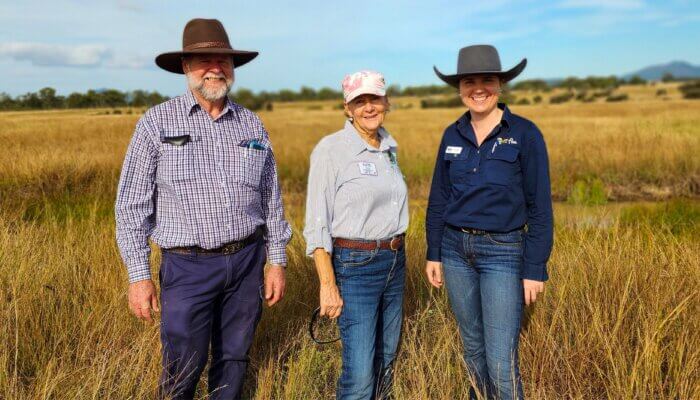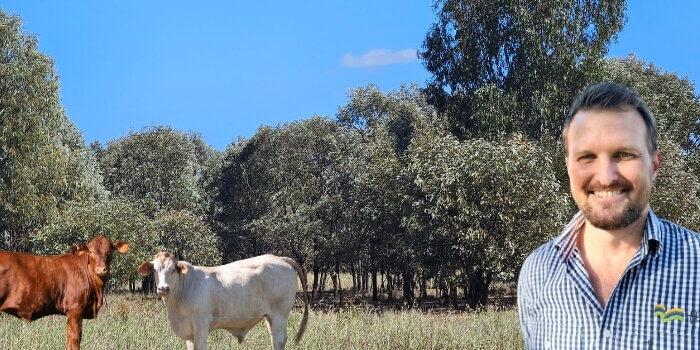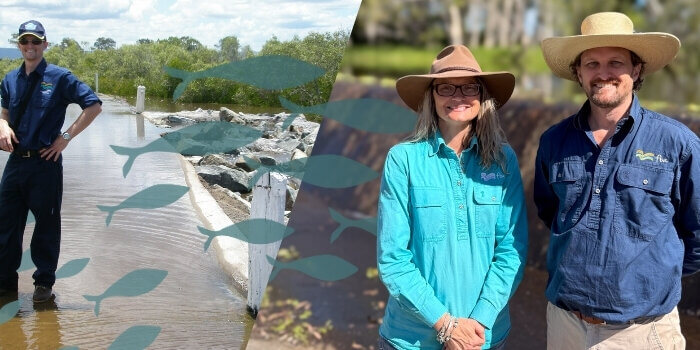
Reports highlight value of work with farmers & graziers
Posted on July 10th, 2013
Two reports were released today about the health of our iconic Great Barrier Reef.
The reports, released by the Australian and Queensland Governments, are:
2013 Scientific Consensus Statement on the health of the Great Barrier Reef
Reef Plan Report Card 2011
What do the reports say?
The Scientific Consensus Statement was developed by a team of scientists with expertise in different areas and the Reef Plan Independent Science Panel. They found:
- Coral cover on the reef has declined from around 50% in the 1960s to around 14% in 2011
- Compared to pre-European conditions, modelled mean-annual river loads to the Great Barrier Reef lagoon have increased 3.2 to 5.5-fold for total suspended solids, 2.0 to 5.7-fold for total nitrogen and 2.5 to 8.9-fold for total phosphorus.
- Mean-annual modelled loads of photosystem II inhibiting herbicides, namely ametryn, atrazine, diuron, hexazinone, tebuthiuron and simazine, are estimated to range between 16,000 and 17,000 kilograms per year.
- Agricultural land in the catchments that drain to the reef (including the Fitzroy) contribute significant amounts of soil, nitrogen and phosphorus to the reef lagoon
- Sediment, nutrient and pesticide loads from single point sources (such as households, waste treatment and disposal centres, ports and shipping, mines etc.) are relatively small but could be locally, and over short-time periods, highly significant
- Point sources are the major sources of pollutants such as metals, industrial chemicals and pharmaceuticals. In contrast to nutrients, sediments and pesticides, there is a lack of knowledge of the risks posed by these chemicals to Great Barrier Reef ecosystems.
The Reef Plan Report Card 2011 outlines the progress that has been made towards improving water quality on the reef. Reef Plan is a collaborative program of coordinated projects and partnerships designed to improve the quality of water in the Great Barrier Reef though improved land management in reef catchments. The report card states:
- The condition of the marine environment declined from moderate to poor overall in 2010–2011.
- Overall, across the Great Barrier Reef region, land managers have made good progress towards the Reef Plan targets. 34% of sugarcane growers, 17% of graziers and 25% of horticulture producers adopted improved management practices by June 2011.
- There has been good to very good progress across all regions in reducing estimated annual average of pollutants:
Sediment load reduced by 6%
Total nitrogen load reduced by 7%
Dissolved nitrogen, the key pollutant of concern, reduced by 13%
Pesticide load reduced by 15%
Progress towards the Reef Plan targets continues to be encouraging, particularly the on-ground management practice changes which are starting to reduce pollutant loads entering the reef. However, it will take more time for these achievements to translate into improved marine condition, particularly given the impacts of extreme weather events in recent years.
What it means for the work of Fitzroy Basin Association
Fitzroy Basin Association contributed to Reef Plan reporting through our work with farmers and graziers, as well as our involvement in the Paddock to Reef program funded by the Reef Rescue component of the Australian Government’s Caring for our Country. We delivered Reef Rescue Water Quality Improvement Grants to hundreds of land managers during the five years of the program.
We co-fund up to 50% of project costs to enable farmers and graziers to improve their knowledge, property layout, management techniques and equipment – so they can farm more sustainably in the long-term.
The strong willingness of land managers to invest their own time and money into these projects is contributing to a healthier reef, and is testament to their genuine desire to be good stewards of the environment.
Based on the most recent Report Card figures, compared to baseline figures from 2008, work in the Fitzroy has resulted in the following reductions in pollutants:
- Sediment – 2.8%
- Total phosphorus – 5.3%
- Total nitrogen – 2.0%
- PSII Herbicides – 4.4%
Reversing the decline in water quality in the Great Barrier Reef is a complicated task, but at the paddock scale it’s clear that empowering farmers and graziers to take action to improve their skills and properties is having a positive impact.








